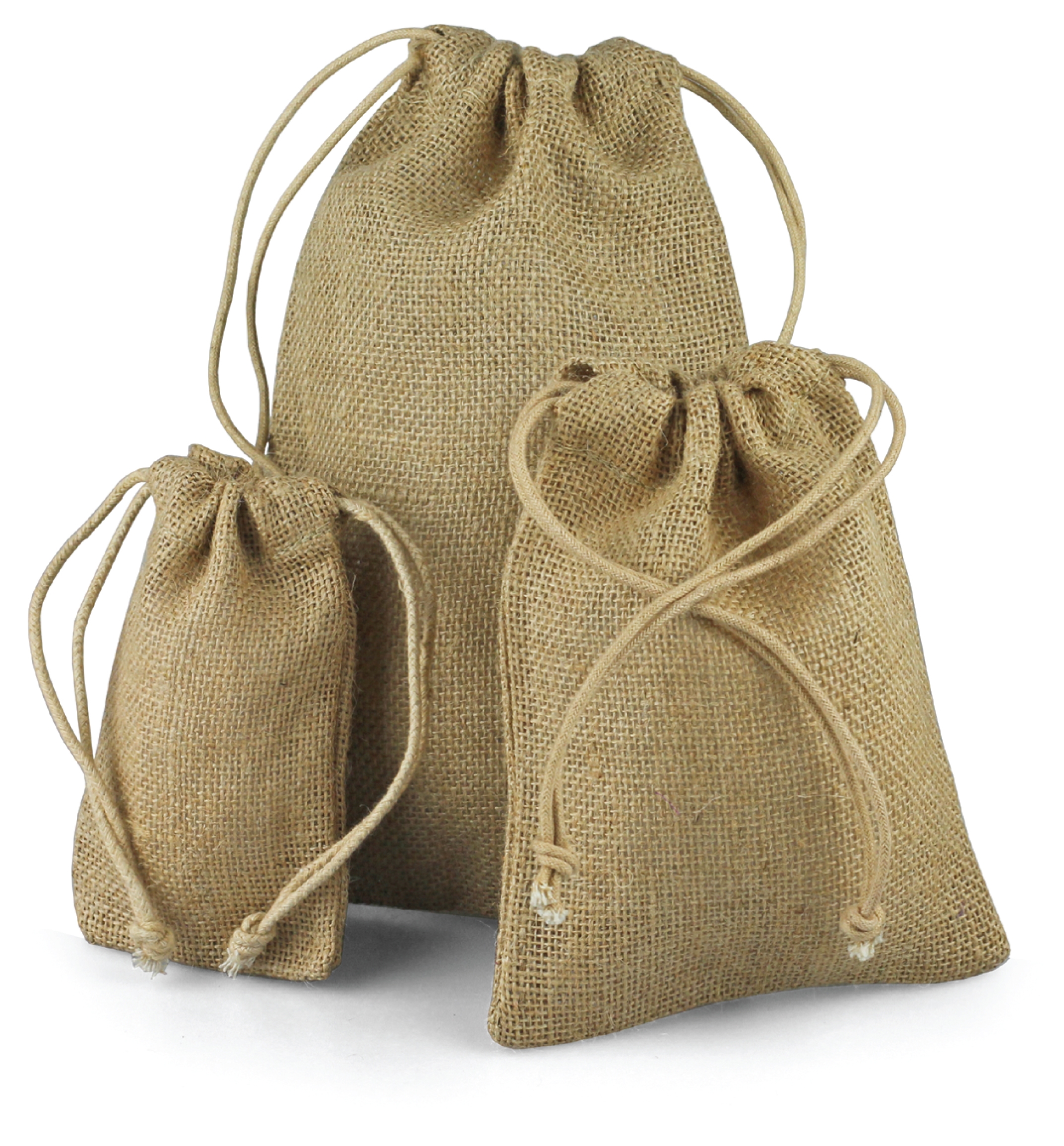- January 26, 2024
- Posted by: wellcoindustries
- Categories: Burlap, Erosion Control
Introduction to Burlap Sacks
Burlap sacks, often associated with rustic charm and practical functionality, have a long-standing history in various cultures around the world. Made from the skin of the jute plant, these sacks are known for their durability, breathability, and biodegradability, making them an excellent choice for a wide range of applications. In this article, we delve into the fascinating world of burlap sacks, exploring their history, uses, and significance in today’s sustainable living practices.

Historical Background of Burlap
Origin of Burlap
Burlap has roots that trace back centuries. It was first used in regions like India and Bangladesh, where the jute plant is native. The fabric quickly gained popularity for its robustness and versatility, becoming a mainstay in agricultural and industrial sectors.
Evolution Over Time
The evolution of burlap is a tale of innovation and adaptation. Initially used for its basic function of carrying goods, burlap has transcended its traditional uses. Today, it is celebrated not only for its practicality but also for its aesthetic appeal in fashion and home décor.
What is Burlap Sack?
Definition
A burlap sack is a container made from woven jute fibers. It is known for its coarse texture, strong build, and natural brown hue. These sacks serve various purposes, from storing grains to being used in flood control.
Material Composition
Burlap is primarily composed of jute fibers, which are extracted from the stalk of the jute plant. These fibers are spun into strong, coarse threads that are then woven to create burlap fabric.
The Versatility of Burlap Sacks
Uses in Agriculture
In the agricultural sector, burlap sacks are indispensable. They are widely used for storing and transporting crops like coffee beans, potatoes, and grains. Their breathability makes them ideal for preserving the quality of these commodities.
Uses in Home Decor
Burlap’s rustic charm has made it a favorite in home décor. From burlap table runners to wall hangings, its aesthetic versatility is unmatched.
Environmental Benefits of Burlap
Eco-Friendliness
Burlap is lauded for its eco-friendly properties. It is a renewable resource and its cultivation requires minimal chemical treatments, making it a sustainable choice.
Biodegradability
One of the most significant advantages of burlap is its biodegradability. Unlike synthetic materials, it breaks down naturally, leaving no harmful residue in the environment.
Manufacturing Process of Burlap Sacks
From Plant to Fabric
The journey of burlap from plant to fabric is fascinating. The jute plant undergoes a series of processes, including retting, stripping, and spinning, to transform into the burlap we know.
Crafting of Sacks
The crafting of burlap sacks involves the weaving of jute threads into fabric, which is then cut and stitched to create sacks of various sizes and shapes.
The Durability Factor
Strength and Longevity
Burlap’s strength and longevity are unmatched. Its tough fibers can withstand rough handling and heavy loads, making it a reliable choice for various applications.
Customization and Creative Uses of Burlap
Art and Craft
Burlap’s texture and natural look make it a popular choice for art and craft projects. It can be dyed, painted, and sewn into various creative items.
Personalization
Personalized burlap items, such as monogrammed sacks or custom-printed designs, are becoming increasingly popular, adding a personal touch to this traditional material.
Burlap in Fashion and Design
Trendsetting Burlap Products
Burlap has made its way into the fashion industry, with designers creating everything from burlap bags to clothing, showcasing its versatility beyond traditional uses.
Storing and Maintaining Burlap Sacks
Best Practices
Proper storage and maintenance of burlap sacks are crucial for their longevity. They should be kept dry and away from direct sunlight to prevent degradation.
Common Pitfalls
Avoiding common pitfalls, such as storing burlap in damp conditions or exposing it to harsh chemicals, is essential for preserving its quality.
Burlap Sack Sizes and Varieties
Different Types
Burlap sacks come in various types, each suited for specific needs. From small bags for retail packaging to large sacks for industrial use, the options are diverse.
Size Specifications
The size of burlap sacks varies depending on their intended use. Understanding the size specifications is crucial for choosing the right sack for your needs.
Global Burlap Market and Economics
Production Hotspots
The global burlap market is influenced by regions like India and Bangladesh, which are major producers of jute. The market dynamics in these regions significantly impact the global supply and pricing of burlap.
Market Dynamics
The economics of burlap involve factors such as cultivation costs, labor, and global demand. Understanding these dynamics is essential for anyone involved in the burlap trade.
Future of Burlap
Innovations and Trends
The future of burlap looks promising, with ongoing innovations in its production and use. New trends in sustainable living are also boosting its popularity.
Comparing Burlap with Other Materials
Burlap vs. Synthetic Materials
When compared to synthetic materials, burlap stands out for its eco-friendliness, biodegradability, and natural aesthetic. This comparison highlights why burlap is an increasingly preferred choice.
Conclusion
In conclusion, burlap sacks are more than just a utilitarian item; they are a testament to sustainable living, creativity, and the enduring appeal of natural materials. Whether used in agriculture, fashion, or home décor, burlap’s versatility and eco-friendliness make it a fabric of the future.
